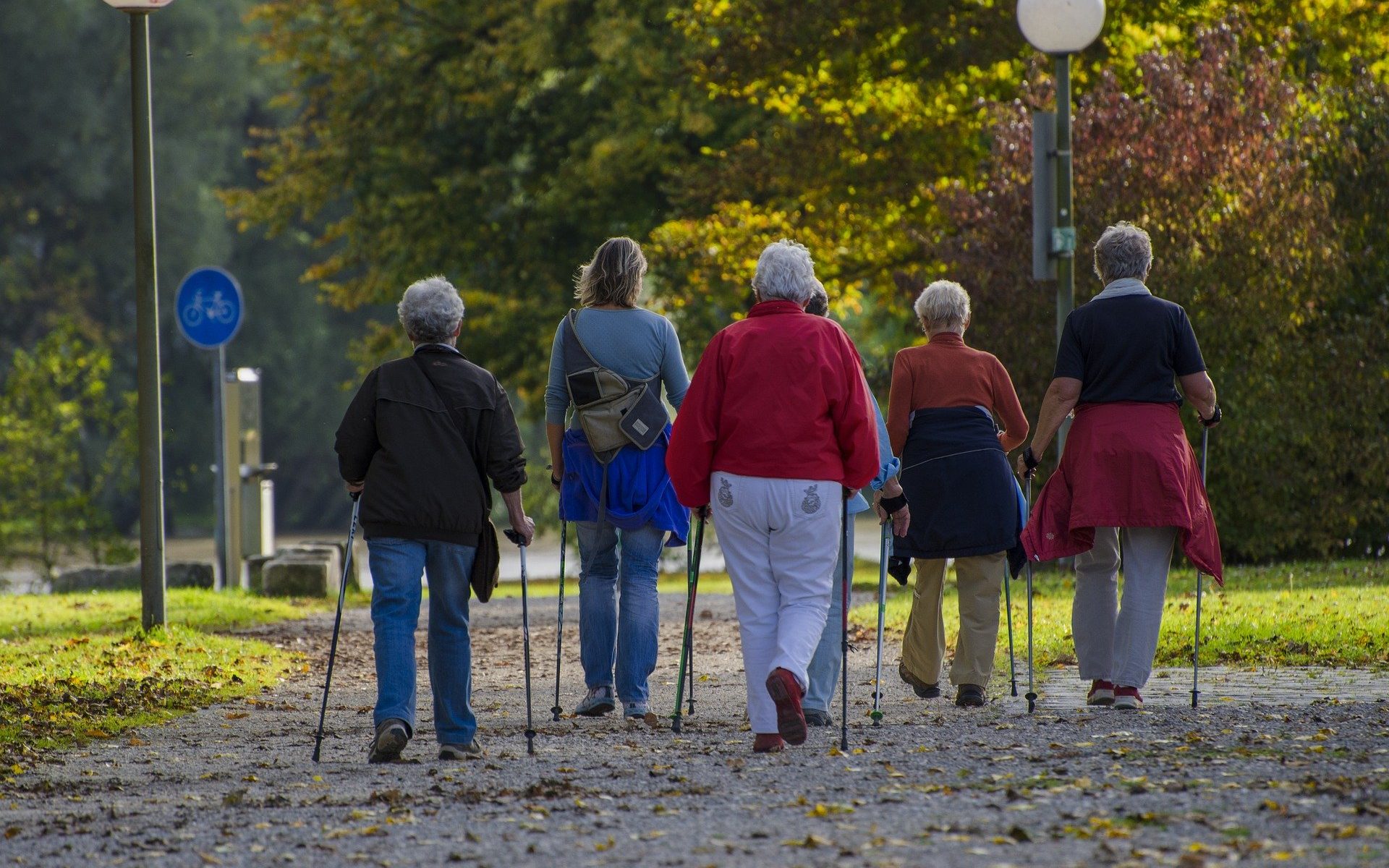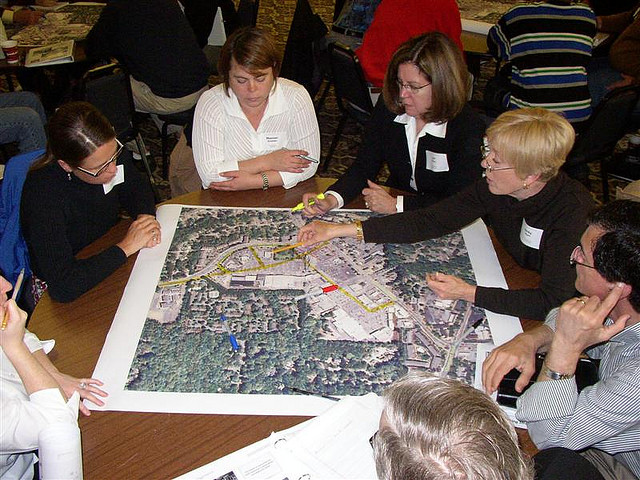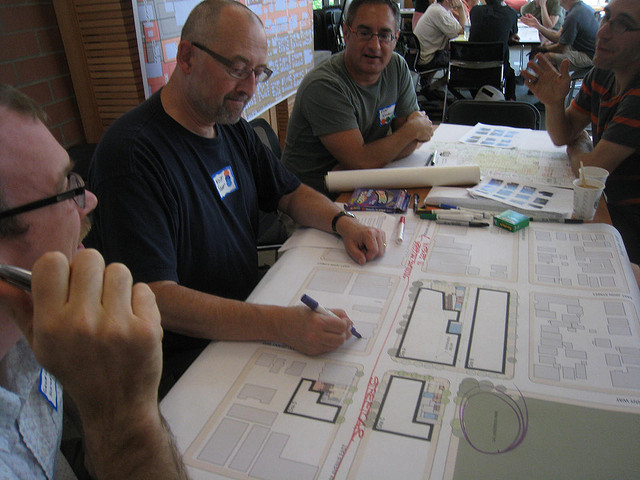Selecting indicators is about balancing priorities with available data.
There are many free and publicly available indicator sets. Here are some points to consider before you start choosing specific metrics:
Scale: Indicators about health and the built environment are available at many scales, from individual buildings, neighbourhoods, cities and beyond. This is important if you want to be able to compare your project or area to another. You can choose metrics to measure in a building or neighbourhood based on what is available at comparable scales or for the whole city.
Purpose: The metrics that you choose will have limitations, so be clear about what purpose the information will serve. If you want to show that one area is disadvantaged compared to others, you will need comparisons with other places (see above). Perhaps you want to see how something changes over time. In this case, the data will need to be gathered periodically. Setting a clear purpose helps to narrow down which indicators can be used.
Cost: Collecting data can be expensive, but there are many freely available datasets that report useful indicators. If these sources are likely to keep reporting over time (this is a big challenge), then you may be able to rely on such public data. Consider who will pay for data collection, which could include environmental monitoring or residents’ surveys.
Priorities: It may be true that we should ‘measure what matters’, but it is also true that ‘what gets measured matters’. There can be a tension between choosing the most important indicators for urban health and available data. This can result in many datasets reporting readily available data that may not be the most important issues for a particular community. It is worth considering which indicators are most important and reflective of local values and health priorities (see ‘Collaboration’ and ‘Don’t start from scratch’ below).
Collaboration: Selecting indicators is often a process that surfaces disagreements among built environment stakeholders. For example, gathering data may reveal problems that damage public or private sector organisations reputations. It can be useful to involve a wide range of stakeholders in choosing indicators to ensure that all parties have a chance raise concerns and solutions.
Don’t start from scratch
We conducted a review of global urban health indicator sets and found 145 internationally, so there is probably an indicator dataset available near you.(1) This means you don’t have to start from scratch. Check for the country-specific or international indicator sets using the link below.
If you want to develop your own indicator set for a specific project or place, you still don’t have to start from scratch. We’ve produced an indicator database with roughly 300 examples of published urban health indicators. You can search the database on this website (e.g. for air quality or waste) or download a copy to explore in detail.
References
(1) Pineo, H., Glonti, K., Rutter, H., Zimmermann, N., Wilkinson, P. and Davies, M. (2018b) Urban Health Indicator Tools of the Physical Environment: a Systematic Review. Journal of Urban Health. 95 (5), pp. 613–646. https://doi.org/10.1007/s11524-018-0228-8











